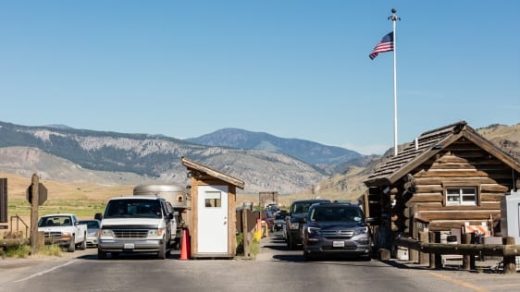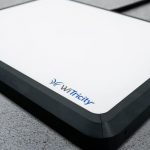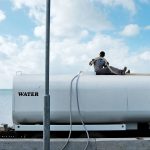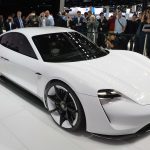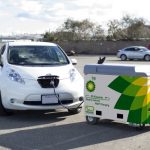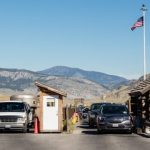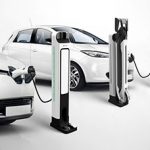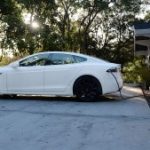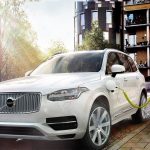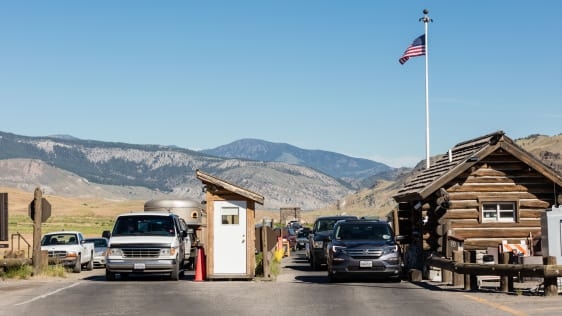These Electric Busses Could Start Cleaning Up National Park Travel
Under the Donald Trump administration, the national parks and monuments in the United States have entered into an era of unprecedented threat. Earlier in December, the President moved to slash the size of two national monuments in Utah by a combined total of around 2 million acres, the largest rollback of federal land protections in history. Secretary of the Interior Ryan Zinke, who oversees federal lands, has notoriously said that the science around climate change is “unsettled,” and has plans to review further monuments and parks for cutbacks.
Outrage about the administration’s land policies has been swift and vocal. Patagonia has sued the President in response to the announcement about the Utah monuments; companies like REI have expressed similar alarm. In addition to a rollback of the size of the protected lands, there’s concern about how the Trump administration’s climate-change denialism–particularly his attendant enthusiasm for burning fossil fuels—will gradually destroy these natural assets.
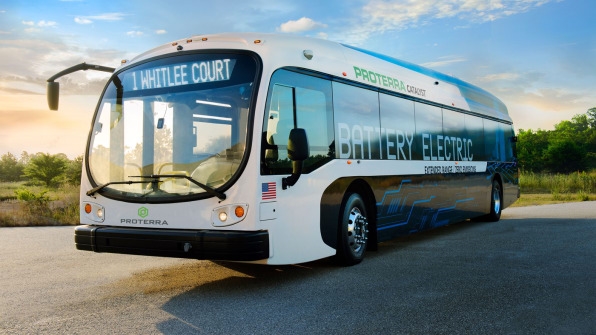
In that last regard, at least, the electric bus company Proterra is taking action. The company recently announced a partnership with Yosemite, which will purchase two Proterra Catalyst electric buses (which are battery-electric and 100% zero-emission) to add to its fleet of 29 diesel-electric hybrid shuttle buses, with the potential to scale and convert the entire fleet. “These buses have been deployed widely across the United States and other public transit agencies, but this is the first time one of the National Parks will be acquiring one of these vehicles,” Matt Horton, Proterra’s chief commercial officer, tells Fast Company. Zion and Bryce Canyon National Parks are also in talks with Proterra to launch a similar partnership.
The Yosemite National Park runs shuttle buses through the Yosemite Valley, Tuolome Meadows, and Glacier Point–all popular destinations from which people will travel to the National Park–to alleviate car traffic and congestion. Annually, Yosemite welcomes around 5 million visitors; the current system of shuttle buses serve around four-fifths of that total and travels a collective 436,000 miles per year. The new Proterra buses will transport around 1,480 visitors per year, and save 887,000 pounds of greenhouse gas emissions.
“We’re hopeful that Yosemite and other parts will eventually convert their entire fleets over,” Horton says. “Typically fleet managers will phase out their old fleets over time; they don’t purchase an entire new fleet on day one.”
National Parks around the country, Horton says, are running into major problems with traffic congestion. Last year, the parks system saw a record number of visitors at around 331 million people, an 8% increase from the year before. And with it, the National Parks are seeing alarmingly high levels of ozone, a pollutant common in smog that affects both lung health and the vitality of the parks’ wildlife. With the federal government eroding air-quality protections, the parks themselves, Horton says, have an opportunity to take a leadership role in protecting their environment, and converting to zero-emission vehicles is a part of that.
“Not only from a local, environmental standpoint, but certainly from a national leadership standpoint, it’s the right thing for our parks to be doing,” Horton says.
Fast Company , Read Full Story
(27)

